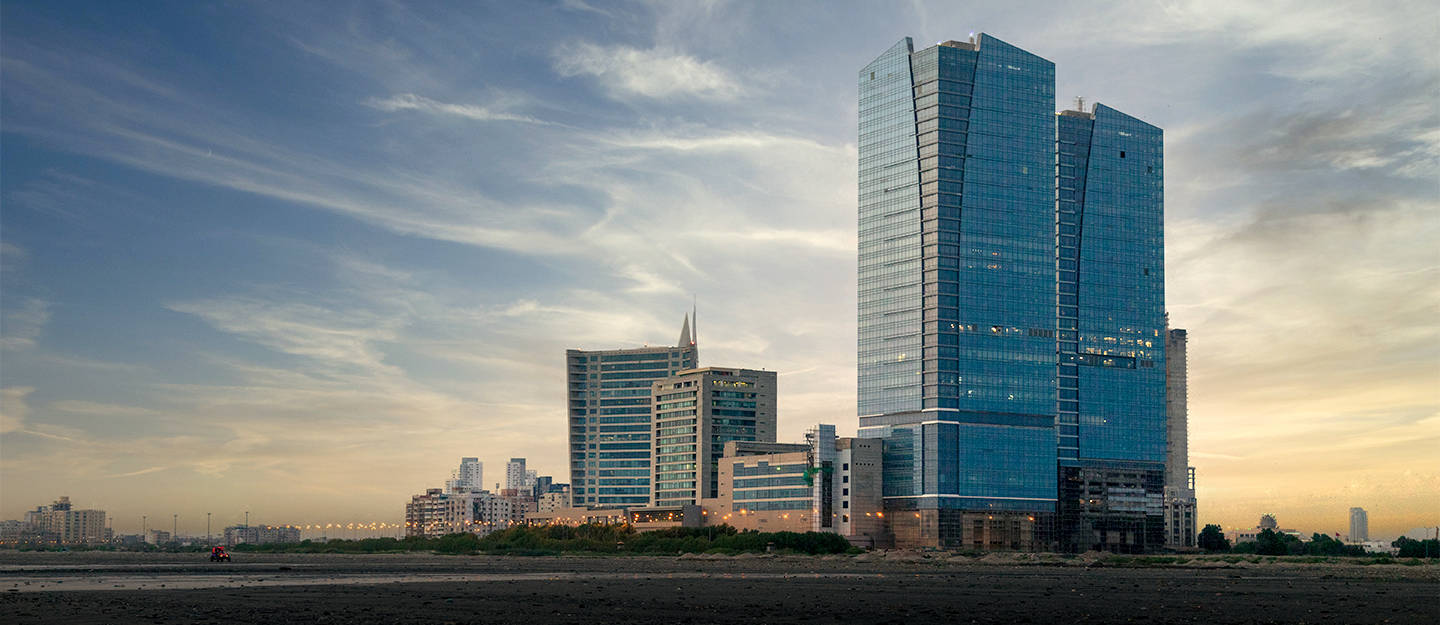Pakistan’s Real Estate: The Next Regional Investment Powerhouse

Pakistan’s real estate sector
is going through a transitional phase. With a push towards digital land
reforms, regulatory frameworks, and special economic zones (SEZs), industry
experts believe the country is well-positioned to become a regional investment
hub. But for this to materialize, consistency in policy and governance will be
key.
Where the Industry Stands Today
Real estate in Pakistan is
more than just buying and selling land—it’s one of the strongest economic
drivers in the country. It’s the second-largest source of employment after
agriculture, and it contributes significantly to the national GDP.
According to the House
Building Finance Company (HBFC), the construction industry adds over 2.5%
to Pakistan’s GDP, and the broader real estate sector is valued at more
than $1 trillion. Beyond its direct contributions, the sector also supports
over 40 allied industries, such as cement, steel, woodwork, ceramics,
and logistics—making it a backbone of the economy.
Strong Growth Potential, But an Unmet Demand
Pakistan’s population is
growing, and with it, the need for housing and commercial infrastructure.
Urbanization is picking up pace, and infrastructure development is underway.
These trends are pushing the real estate market toward projected growth of USD
1.49 trillion in the coming years.
However, the country faces an
annual housing shortage of around 700,000 units, and only about half of
this demand is met. This gap highlights both the opportunity and the responsibility
for developers, policymakers, and investors.
What’s Holding the Sector Back?
Despite its massive potential,
there are several long-standing issues that keep the sector from performing at
its best:
- Outdated Land Record Systems
Lack of transparency and proper land documentation leads to frequent legal disputes and discourages serious investment—especially from abroad. - Uncoordinated Regulations Between Provinces
Without standardized regulations, developers often face delays and confusion that stall major projects. - Limited Financing Options
Mortgage penetration is low in Pakistan compared to neighboring countries. This affects both end-users and developers trying to scale. - Weak Urban Planning
Unplanned expansion of cities and towns continues to hurt the long-term value and sustainability of real estate investments. - Political & Economic Uncertainty
Currency devaluation, changing tax regimes, and inconsistent government policies increase the risk for long-term investors.
What Needs to Change?
For Pakistan’s real estate
sector to unlock its true potential, certain reforms are not just
necessary—they’re urgent:
1. Digital Land Records & Title Insurance
An electronic land records system would reduce fraud and make property
ownership more transparent and secure. Punjab has made good progress on this
front.
2. Provincial Real Estate Regulatory Authorities
Having a regulatory body in each province—similar to Dubai’s RERA—would help
enforce uniform standards and protect investors.
3. Boosting SEZs (Special Economic Zones)
SEZs that offer tax breaks and smoother approval processes can attract both
local and international developers. Projects like Rashakai under CPEC are
already showing results.
4. Public-Private Partnerships
Collaboration between the government and private sector can accelerate housing
and infrastructure development at scale.
5. Policy Stability
No matter how attractive the market is, investors need assurance that the rules
won’t suddenly change. Long-term thinking is essential.
Where Investment Stands Right Now
The numbers from the State
Bank of Pakistan show a mixed picture. While FDI in real estate dropped by 45%
year-on-year in February 2025, overall FDI from July to February rose by
41%, totaling $1.618 billion.
However, construction-related FDI fell to $13.8 million, down from $18.3 million the previous year. Experts say these figures reflect investor hesitation due to economic unpredictability.
Final Thoughts from Dreams Marketing
At Dreams Marketing,
we’ve been part of Lahore’s real estate scene long enough to know where the
pain points are—and where the real opportunities lie. Despite the challenges,
we believe the sector is on the brink of real transformation.
With the right structural
reforms, investor protections, and long-term planning, Pakistan has what it
takes to become a top destination for real estate investment in South Asia.
We’re here to help you
navigate this evolving market—whether you’re a first-time buyer, an overseas
investor, or a developer looking for reliable partners.